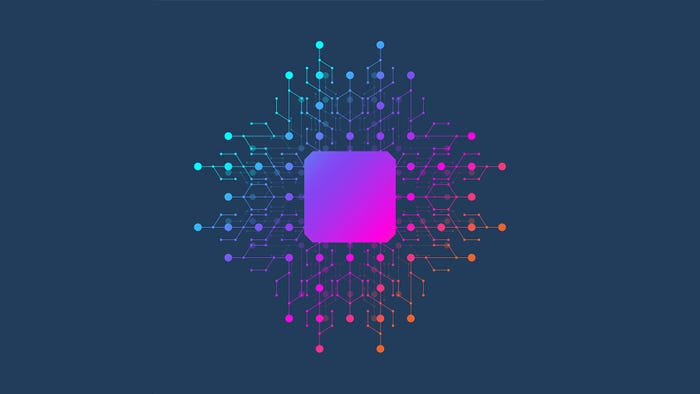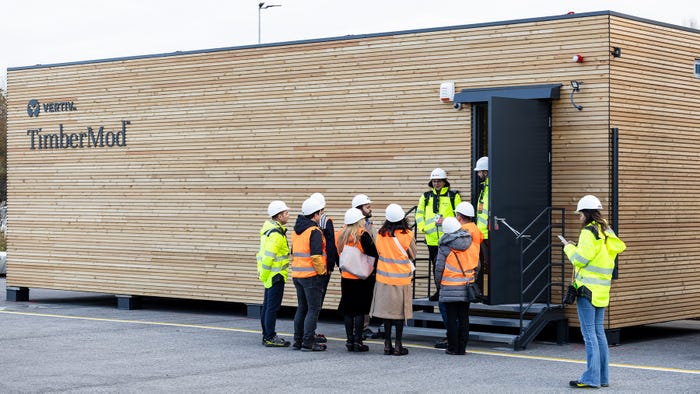Data center news roundup
Build & Design
Data Center News Roundup: H2 Reports Released, Heat Waves Add to Industry WoesData Center News Roundup: H2 Reports Released, Heat Waves Add to Industry Woes
In this week’s top data center news, several industry reports hit the wires, and we take a closer look at how heat waves are hindering operations.
Subscribe to the Data Center Knowledge Newsletter
Get analysis and expert insight on the latest in data center business and technology delivered to your inbox daily.



.jpg?width=700&auto=webp&quality=80&disable=upscale)









.jpg?width=300&auto=webp&quality=80&disable=upscale)











.jpg?width=300&auto=webp&quality=80&disable=upscale)


















.jpg?width=700&auto=webp&quality=80&disable=upscale)


